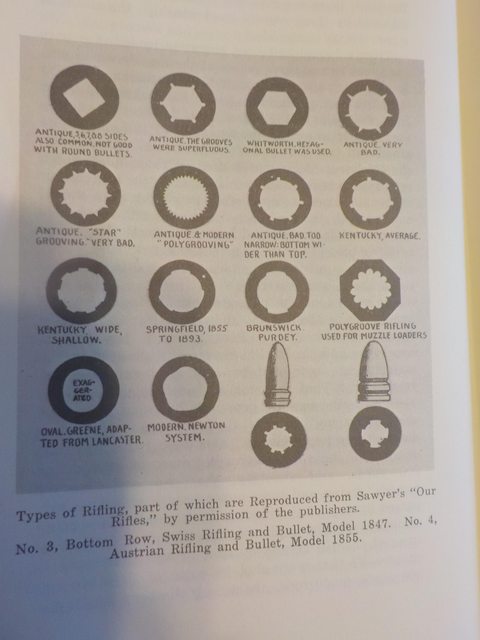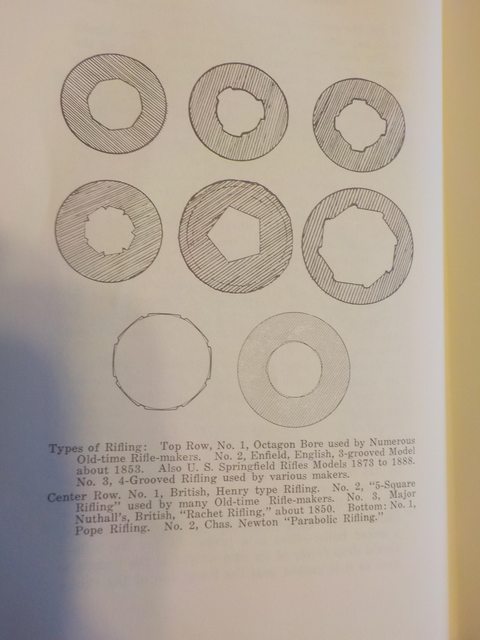appalichian hunter
75 Cal.
- Joined
- Oct 28, 2018
- Messages
- 5,828
- Reaction score
- 9,426
There is square bottom rifling, round bottom rifling progressive rifling and so forth. So my question is does anyone know of or ever heard of v type rifling or is there historical references to this ever being attempted. Not so busy today and my mind got to wondering.








